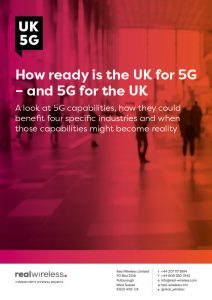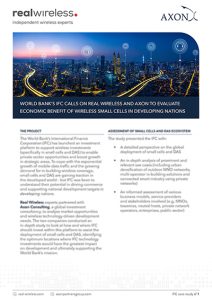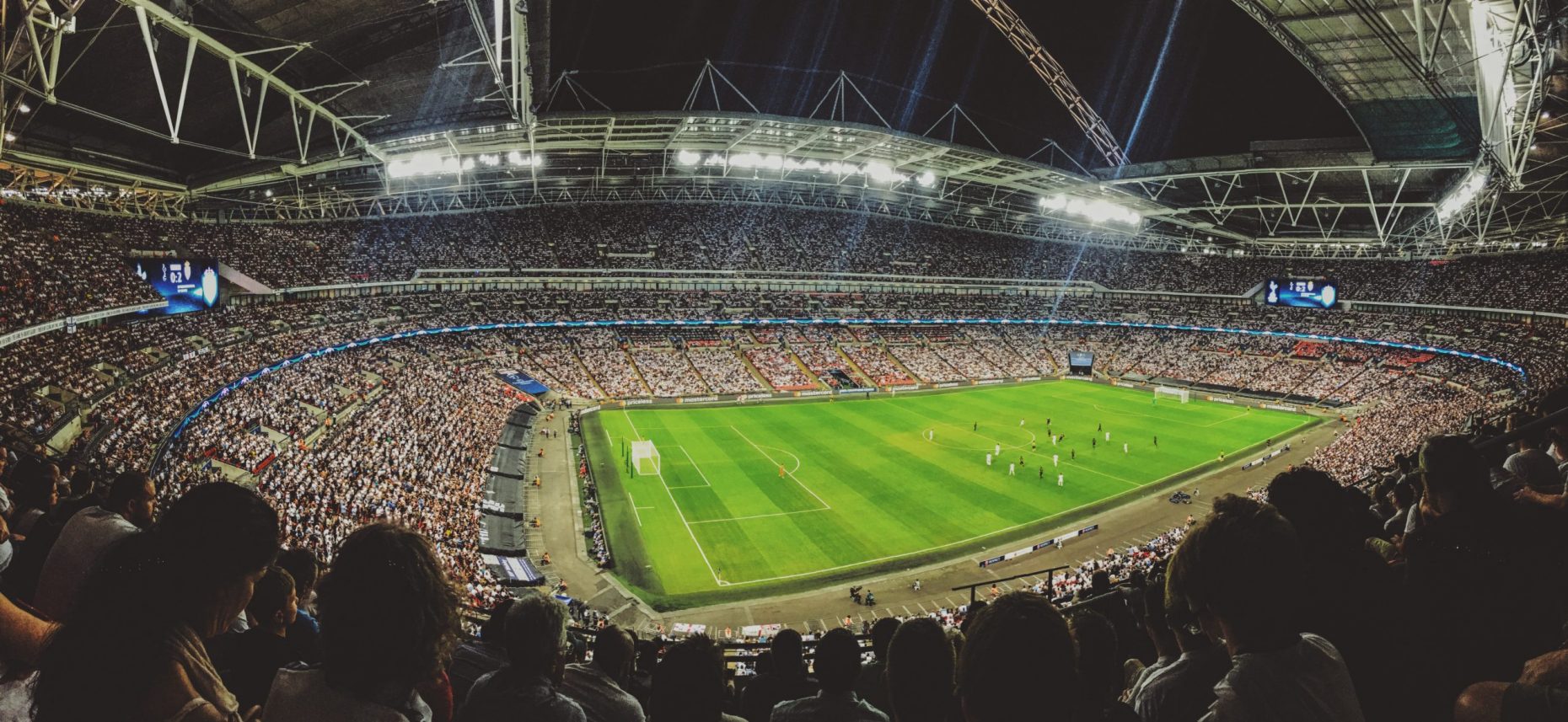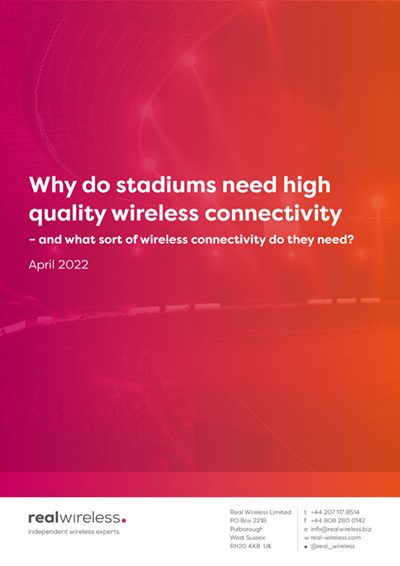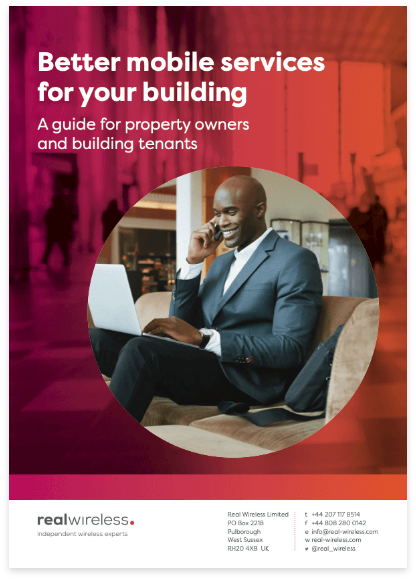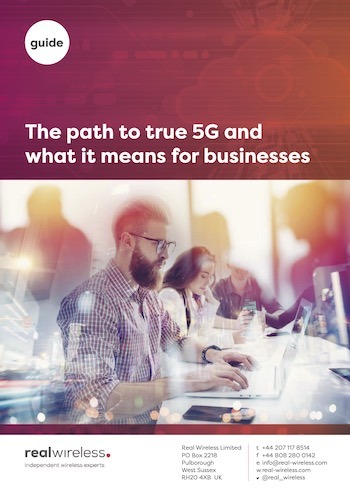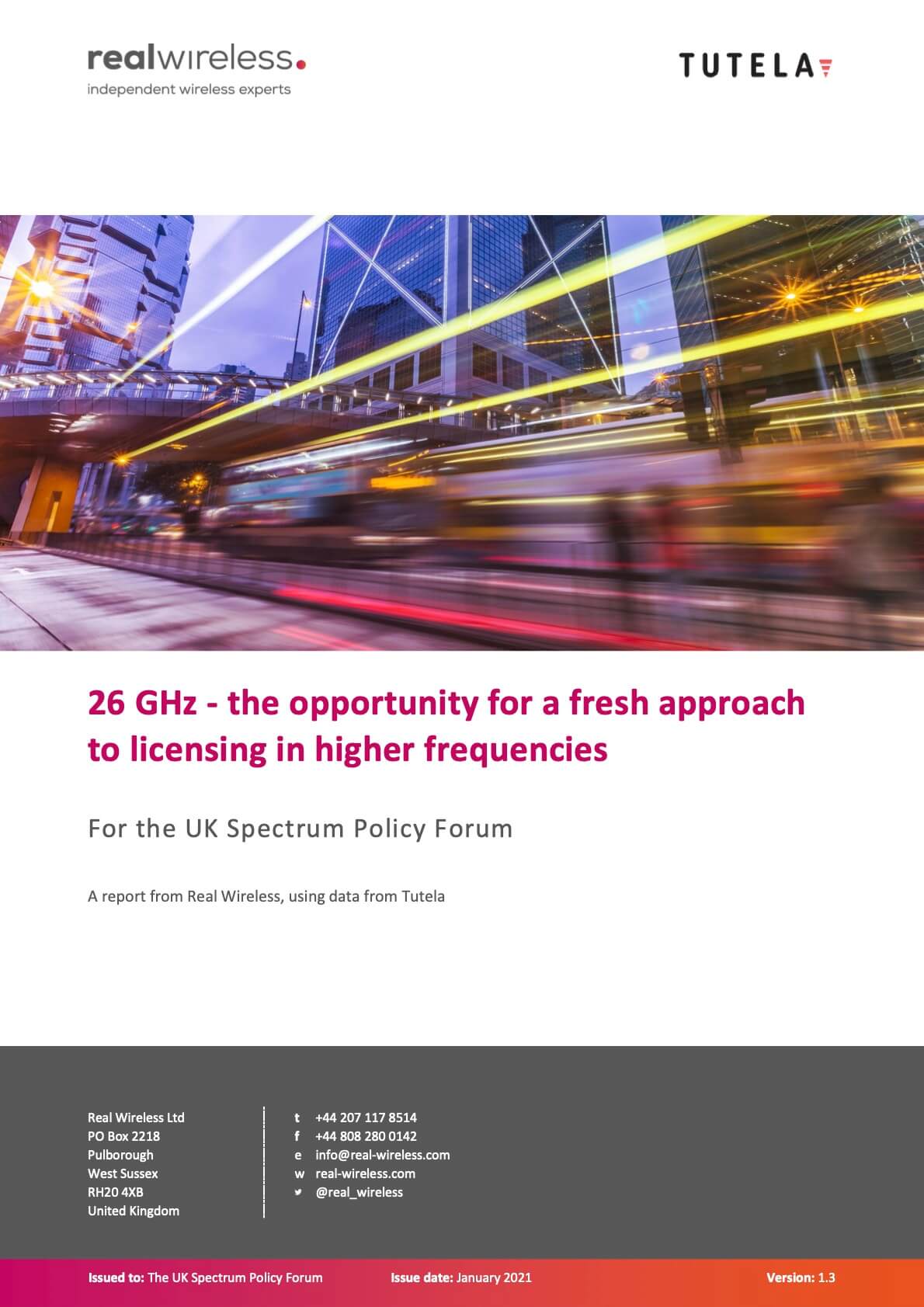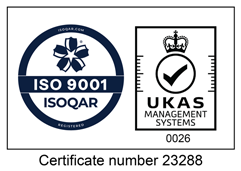Stadiums
- Increasing ownership of smartphones offers a vast potential market and engagement opportunity for stadium owners – if they have the right networks and infrastructure
- High-performance wireless provides a better visitor experience, and can vastly enhance operations such as catering, repair and emergency services
- Safety is a high-priority for all stadium owners – connectivity resilience is non-negotiable, as is the security and scalability of platforms
What we do
- We use our knowledge of the wireless needs of stadiums to prepare high-level designs and specifications for tender documents
- We monitor the stadium system implementation during the build to ensure that the systems deployed meet the exact requirements
- We adapt to change. We help deliver reliable communications for venue and stadium owners as choices and technology evolve
Why we are different
- Wembley and the new Tottenham Hotspur stadium are just two examples of major stadiums that trusted our expertise for the design, implementation, and ongoing management of their wireless technology systems
- We understand the technologies, from 4G and 5G to Wi-Fi, DAS and PMR
- We are client focused, so don’t favour any technology or vendor. We recommend the solution that suits our client’s needs and budget
Transforming the way stadiums connect
Most visitors to stadiums now carry a smartphone, meaning customers want or need to stay connected (and sharing) at all times. This can be a challenge in terms of your wireless solution, but also offers great commercial and fan engagement opportunities as well as improving operations. We can help assess the benefits that can be reaped from an effectively connected stadium.
We can provide advice on all aspects of wireless connectivity for stadiums, from preparing high-level designs for tender documents, to monitoring the implementation during the build and ensuring it meets the requirements.
- Trustworthy advice: Our role is often to be a club or stadium’s trusted partner as well as its wireless advisory service. We help the client to ensure that what they asked for is actually delivered and that system manufacturers and integrators don’t encourage them to buy beyond their needs or budget.
- Careful planning: Wireless technologies are not the only consideration. Sufficient space, power and air-conditioning need to be made available in the building design to accommodate the required equipment from the very beginning. This is essential to guarantee an efficient mobile deployment.
- A wireless strategy: It’s not about installing a system and walking away. It’s about managing change. Stadium coverage needs may give way to capacity requirements. Smartphones are ubiquitous and do much more, offering more opportunities. Hardware and software need to be assessed as new options become available. We can manage all of this is without disrupting the smooth running of the client’s communications offering.
Publications
Why do stadiums need high quality wireless connectivity?
The connectivity requirements of stadiums and other large-scale venues continue to evolve. This short white paper draws on our deep understanding of venue connectivity and real-world knowledge from working with major UK stadiums to consider the challenges and solutions for them now and in the future.
Download
Better mobile services for your building
Property owners and tenants who are looking at ways of improving the mobile service in their building may be wondering where to start. Certainly the end result will differ according to the building, but, whether yours is an airport, an enterprise office, a shopping centre or a museum, some considerations apply to all buildings – and the most urgent consideration is to get unbiased, expert advice. And our new Guide is a great place to start.
Download
The path to true 5G and what it means for businesses
Real Wireless Managing Consultant Julie Bradford has written this accessible introduction to the 5G roadmap for Enterprise IT teams. This guide offers a realistic take on how we see 5G evolving – what’s happening today, what’s likely to happen in the near future – and how significant shifts in network architecture like virtualisation and network slicing will affect services, costs and supply chain.
Download
26 GHz – the opportunity for a fresh approach to licensing in higher frequencies
The 26 GHz band is capable of delivering fibre-like speeds with extremely low latency, but the high propagation loss poses a challenge to achieve wide area coverage compared to lower spectrum bands. This report proposes a hybrid licensing approach to achieve Ofcom’s objective of licensing this band as part of their commitment to the EU directive.
Download
Head of Wireless Built Environments
News & blogs
Taylor Swift, mobile data records and the role of Real Wireless
Read more
SCWS 2022: Wireless connectivity for venues: getting the basics right
Read more
